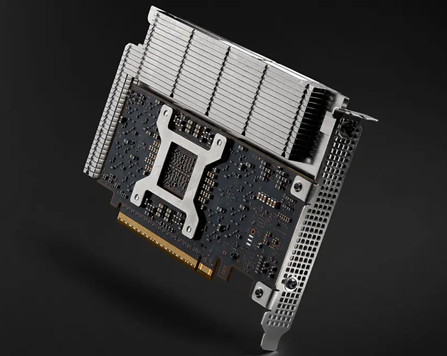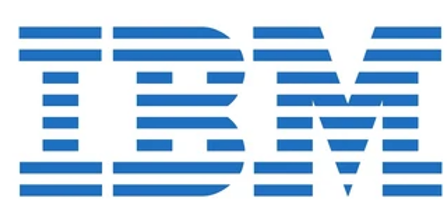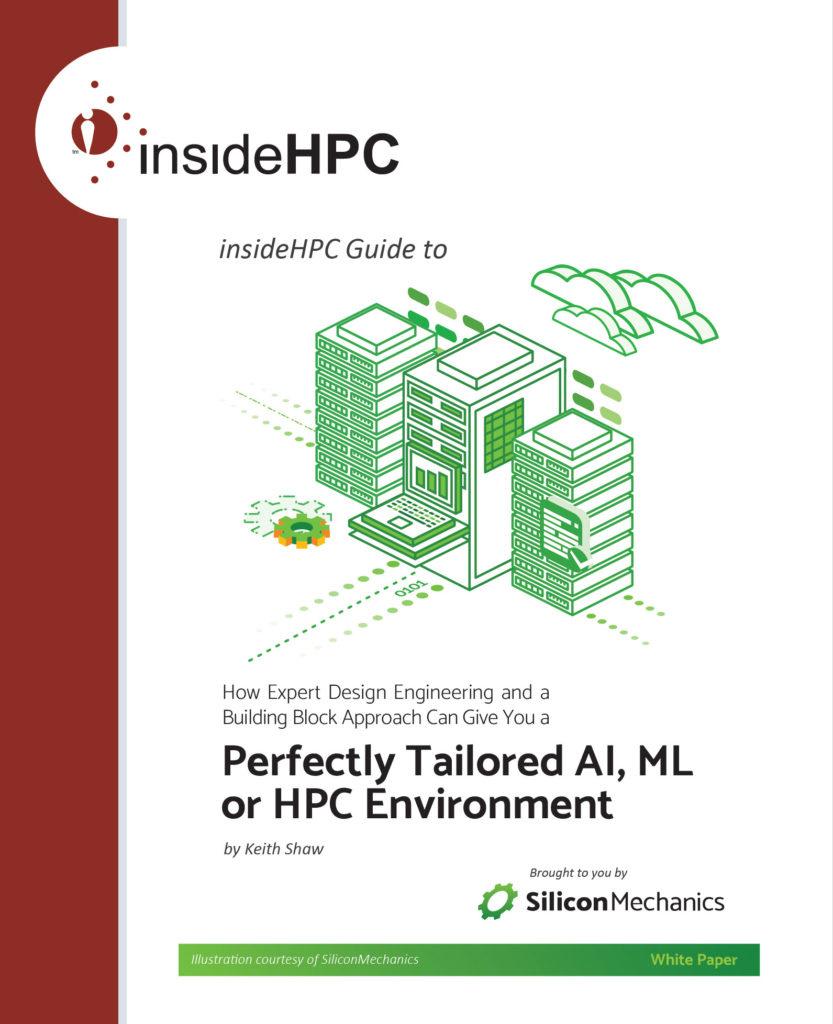IBM’s long, slow climb back into advanced computing prominence took a turn yesterday with news from the University at Albany that it will be the first academic institution to receive a prototype computing cluster designed by IBM Research for artificial intelligence applications.
While IBM dropped out of the traditional supercomputing systems arena after the 2018 installations of the Summit and Sierra systems (both of which are still ranked in the top 10 of the TOP500 list of the world’s most powerful supercomputers) at two Department of Energy national labs. But the company has been saying it’s been doing HPC by other means, mostly focused on AI. And the company’s progress in AI is the key factor in IBM stock reaching its highest level in more than 10 years after posting higher-than-expected quarterly results at the end of January.
Regarding the UAlbany announcement, the IBM Artificial Intelligence Unit (IBM AIU) is a prototype system-on-a-chip architecture for AI inferencing will be installed at the university. It will be part of the Center for Emerging Artificial Intelligence Systems (CEAIS), a research collaboration with IBM that enables students, faculty and others to run foundation models and advance generative AI research.
Developed at the IBM Research AI Hardware Center, the IBM AIU has 32 AI processing cores and contains 23 billion transistors. The IBM AIU is housed in a 75w PCIe card that is designed to be easily installed in a server. The installation of the IBM AIU cluster in UAlbany’s Uptown Data Center will begin later this month and is expected to be completed this spring.

IBM AIU (credit: IBM)
When IBM announced the AIU ASIC in October 2022, the company said it had been under development for five years, that it was purpose-built for AI and that it was constructed on two principles.
One is lower precision or, in IBM palance, “approximate computing.” “An AI chip doesn’t have to be as ultra-precise as a CPU,” the company said. “We’re not calculating trajectories for landing a spacecraft on the moon or estimating the number of hairs on a cat. We’re making predictions and decisions that don’t require anything close to that granular resolution.”
Approximate computing means IBM could drop from 32-bit floating point arithmetic to bit-formats holding a quarter as much information, which cuts the amount of number crunching needed to train and run an AI model without, they said, sacrificing accuracy.
The second principle:, according to IBM an AI chip should be laid out to streamline AI workflows. Because most AI calculations involve matrix and vector multiplication, the AIU architecture features a simpler layout than a multi-purpose CPU. It also has been designed to send data directly from one compute engine to the next, creating energy savings.
Under the umbrella of the CEAIS, researchers from UAlbany and IBM will jointly undertake research projects that use the IBM AIU and other advanced computing resources to further our understanding of artificial intelligence and its applications in critical areas such as public health, weather prediction and semiconductor design. In addition to the AIU, UAlbany will gain access to an IBM advanced GPU cluster via the IBM Cloud for training AI foundation models. The first request for proposals for CEAIS research projects was announced on Feb. 2.
Last month, New York Gov. Kathy Hochul announced the formation of the Empire AI Consortium, a public-private partnership for AI research. UAlbany also is building an AI supercomputer on campus.
“Albany is quickly becoming a global leader in technology innovation, and is where IBM continues to build next-generation computing technologies in areas such as artificial intelligence, quantum computing, and semiconductors,” said Mukesh Khare, GM, IBM Semiconductors and VP, Hybrid Cloud at IBM Research. “Critical to the continued development of these technologies is a skilled workforce. We are proud to collaborate with UAlbany to bring the IBM AIU to campus, enabling exciting educational and research opportunities in generative AI.”
The installation of the IBM AIU comes as UAlbany is building a new supercomputer of its own, expected to be completed later this summer. Funded in part by a $75 million infusion of state support in 2022, this supercomputing cluster — a series of advanced GPU computers working together as a more powerful computer —consists of NVIDIA DGX hardware. Building new AI supercomputing capacity was an part of the AI Plus initiative.
AI Plus is UAlbany’s holistic approach to integrating teaching and learning about AI across the University’s academic and research programs to ensure every graduate is prepared to live and work in a world radically changed by technology. Combined with the IBM AIU, this new supercomputing cluster is expected to dramatically expand the AI supercomputing capacity in upstate New York.
UAlbany and IBM Research have previously worked together on research projects examining the impact of weather and climate on transportation, renewable energy and water quality as well as the social and ethical significance of advances in AI and machine learning technology. The jointly published work includes an examination of the degree to which existing AI systems can assess human trustworthiness.




